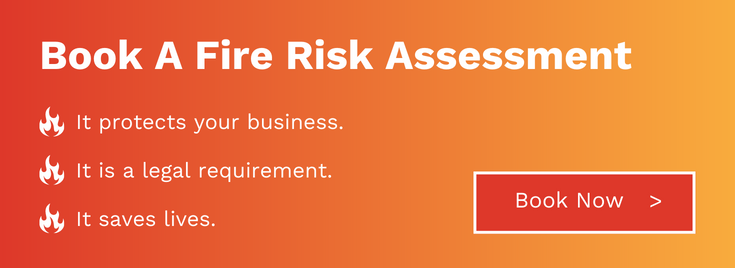Face Fit Testing: Why Is It Essential For Emergency Responders?

Emergency responders, tasked with safeguarding lives and property, are often the first people to enter hazardous environments and fire sites. To protect themselves from toxic gases, chemical vapours, and respirable hazards, they must use the appropriate Respiratory Protective Equipment (RPE) – such as breathing apparatus and respirators. However, the effectiveness of these safeguards largely depends on the face fit mask test. In this article, we will look at the reasons why accurate face fit testing is essential for emergency responders.
Face Fit Testing Saves Lives: Here’s Why
A face fit mask test ensures that the respirators worn by emergency responders form an adequate seal around the individual’s face, minimising their exposure to hazardous substances that might enter the respiratory system. For example, a respirator that doesn’t fit properly can leave responders vulnerable to breathing in dust and harmful fumes that could lead to life-changing or even fatal health conditions.
The Legal Framework For Face Fit Testing UK: COSHH Regulations 2002
Face fit testing in the UK is governed by the Control of Substances Hazardous to Health (COSHH) Regulation 2002, which stipulates that anyone required to wear tight-fitting respiratory protective equipment at work must first undergo face fit testing. This test must be carried out by a ‘competent person’ using a ‘suitable and reliable method’ to make sure the device is effective.
Duty Holders’ Responsibilities
The Health and Safety Executive (HSE) places significant responsibility on duty holders to maintain compliance with COSHH and other safety regulations. Among these responsibilities, duty holders must:
- Provide face fitting for all emergency responders who use tight-fitting RPE (RPE designed to fit closely against the skin without gaps)
- Provide adequate education, information, and training to responders on how to use and maintain their RPE
- Enforce usage policies and best practices – e.g. the need for wearers to remain clean-shaven to maintain an effective seal when using a tight-fitting respirator.
Emergency Responder Training And Face Fit Fitting: The Two Pillars Of Respiratory Safety
Face fit testing is only one part of the health and safety equation for emergency first responders. Each individual must also be adequately trained to confidently handle their RPE in high-pressure scenarios. A training programme should cover how to correctly set up and put on their equipment, and how to check that the seal is functional and intact, as well as emergency protocols for managing their equipment under stressful conditions.
Face fit mask tests play an important part in this training process, helping responders familiarise themselves with their RPE so that they know how to operate it efficiently in various circumstances. It also gives your responders hands-on experience of how their protective equipment works in real-world scenarios, increasing their confidence and abilities.
Tailored Protection For Different Industries And Face Shapes
Emergency responders operate in numerous industries and scenarios – from manufacturing facilities to construction sites and offshore oil and gas plants – each of which exposes them to a variety of respiratory hazards. These varied challenges require tailored respiratory protective equipment to address specific risks and substances. A face fit mask test confirms the performance of the face mask to the unique face shapes and sizes of individual emergency responders, helping to identify the most suitable respirator model and size for each employee. Every individual is unique, which is why a face fit test helps ensure that their RPE offers the best possible protection for your emergency responders.
Find Out More
Preparation is the key to safety in emergency situations. If you would like to find out more about face fit testing and how to improve safety for emergency responders, please book a face fit testing consultation with Fire Safe International by clicking here.

Image Source: Canva
